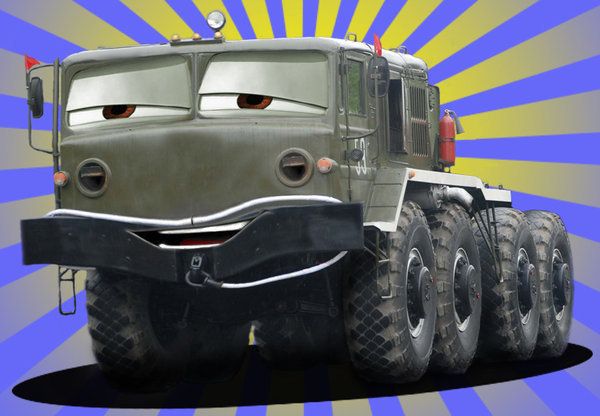Jumping around again:
I wanted to improve on the kit fuel cans a bit so I went for the North Star Models 20 liter Jerry Cans.
Besides, I have a plan for a possible dio that involves needing extra fuel cans!
I can highly recommended this product!
(The nature of current day retail sales is amazing - I found these for sale on eBay, coming from Australia, they were manufactured in Latvia, and sold to a bloke in Kentucky, USA.)





Six Jerry cans in each set.
__________________________________________________________________________________
These Jerry Cans actually prove the Trumpeter offering to be fairly good though a bit on the small side. However with the North Star product you get the correct center seam, the spout/lid mechanism AND the stamped lettering on the side of the can. So again, Highly Recommended!

The North Star product is on the left - - - - - - - - - - - - - - The Trumpeter kit gas can is on the right







































 (This model is still killing time resting on my workbench, darn it!)
(This model is still killing time resting on my workbench, darn it!)






